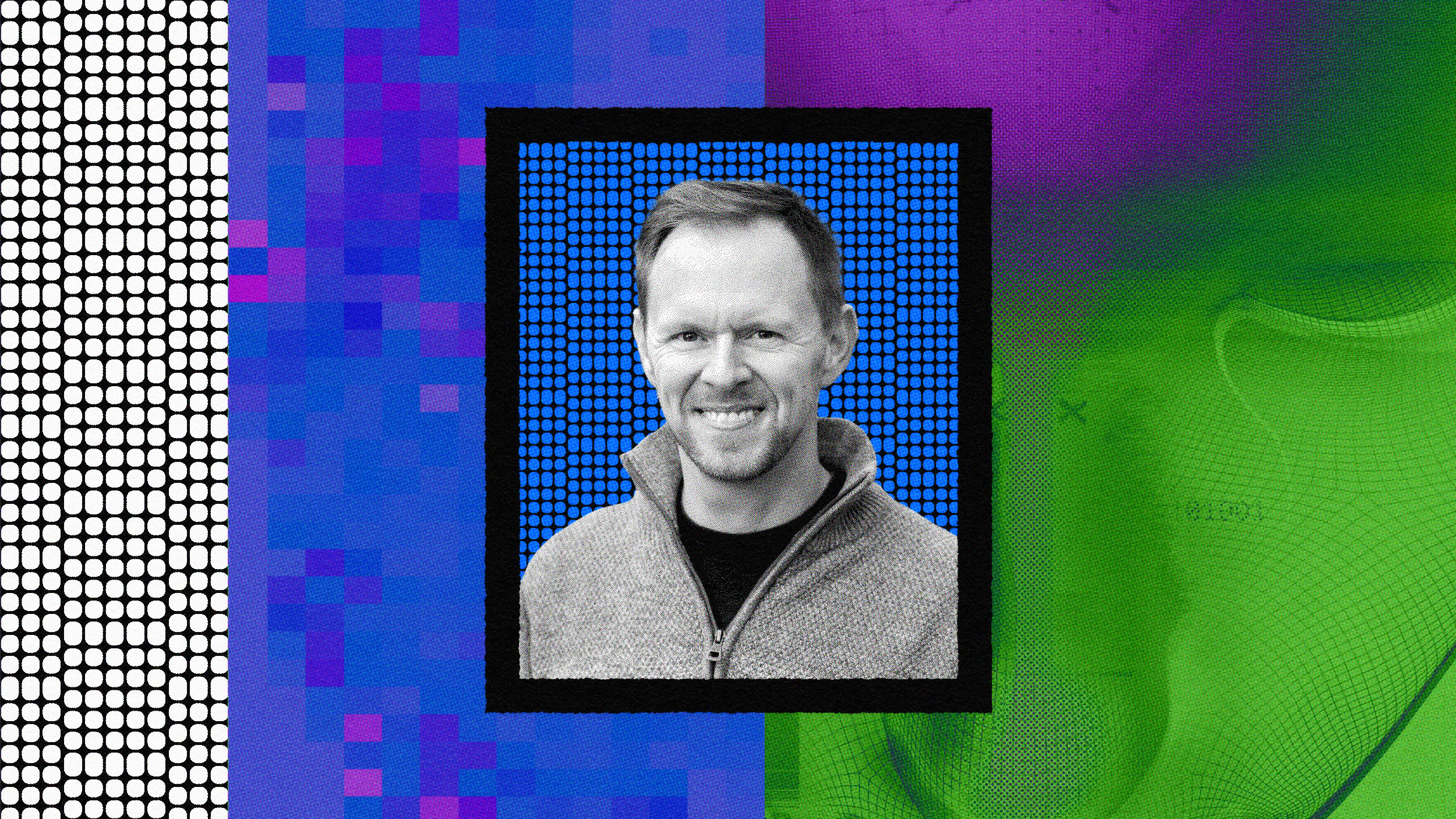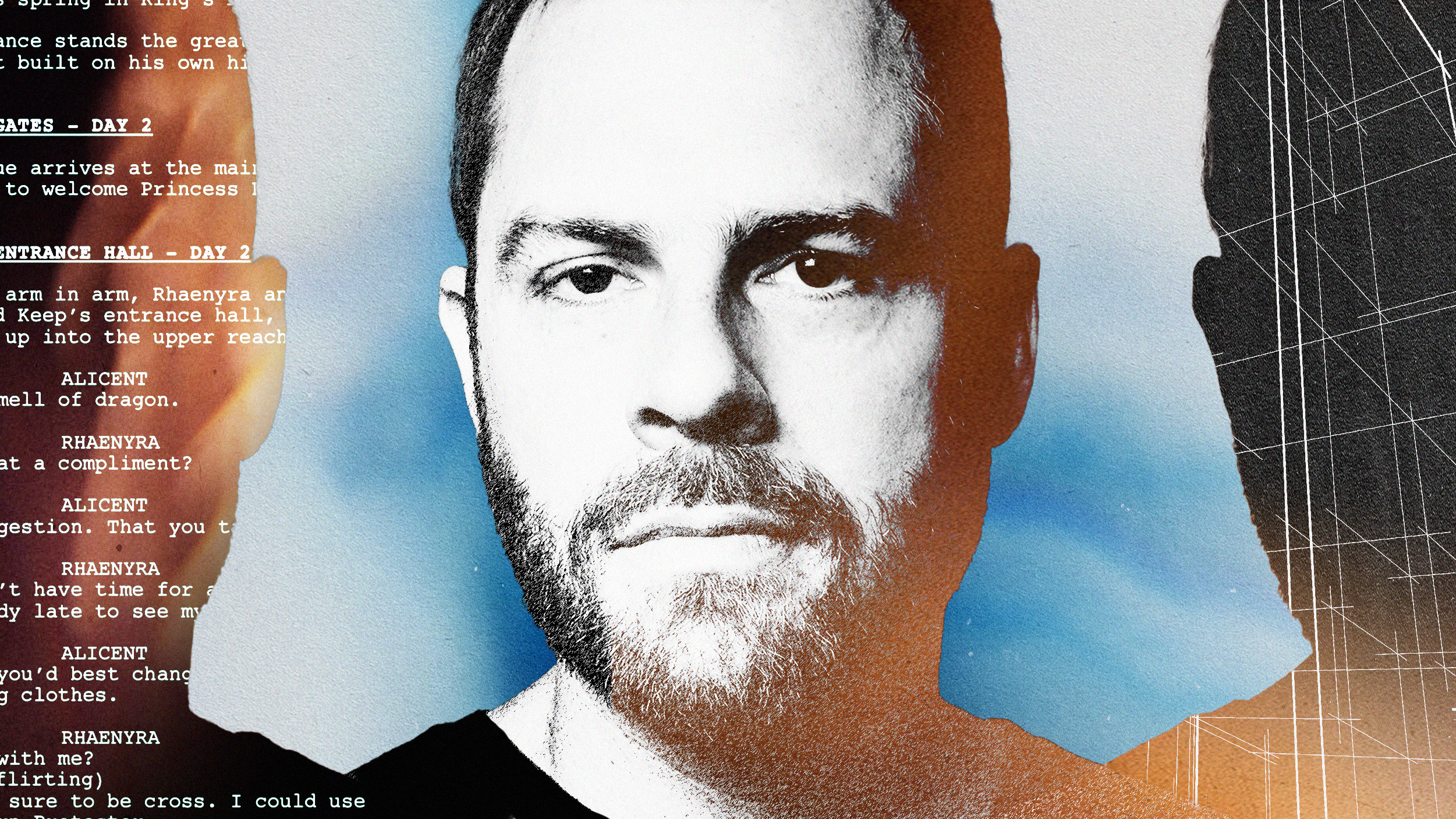George Church reveals the secrets to holistic physiology.
There’s this very interesting and complicated connection between our environment, and our genes, and the traits that come out of the environment plus genes. And there’s huge potential. I mean we see amazing abilities. Marie Curie, Albert Einstein. All sorts of arts, and literature and so forth. These are not typical traits of everybody on earth. And to see how interplay of the environment and genes works out requires that we do really a vast experiment involving everybody who is willing to share on the planet, sharing what they know about their environment, and what they know about their DNA, so we can make correlations and see how people can live up to their own potential. I don’t think we should think of this in terms of curing things. To some extent there’s a huge diversity. And we might want more diversity. We might want to figure out what are the positive affects of autism. – mild cases. What are the positive aspects of the incredible diversity we have? And can we make it greater by really understanding all the interactions of environment, culture, and genetics.
You could ask should the government get involved in determining the genetics of intelligence? And at first that sounds horrible, okay? But actually it’s routinely done. Four million kids per year in hospitals are tested for phenylketonuria, PKU, a little prick on their heel, and you find out whether they have this thing which could be considered 100% genetic. Meaning if you have this two doses of the bad form of this, you are almost certain to be mentally retarded. So that’s a very high certainty. But on the other hand, it could be considered 100% environmental; because if you know it and you change your diet so you don’t have ___________ in your diet, you don’t have mother’s milk, for example, which has ________, then you could be of completely normal intelligence. So this is something where knowing the interaction between the environment and the genes is neither one nor the other, nor is it even something where you can say it’s 50/50. It’s completely . . . It requires a really integrated, holistic view of the person’s physiology. And there are many, many, things like that. Recorded on: 7/6/07





